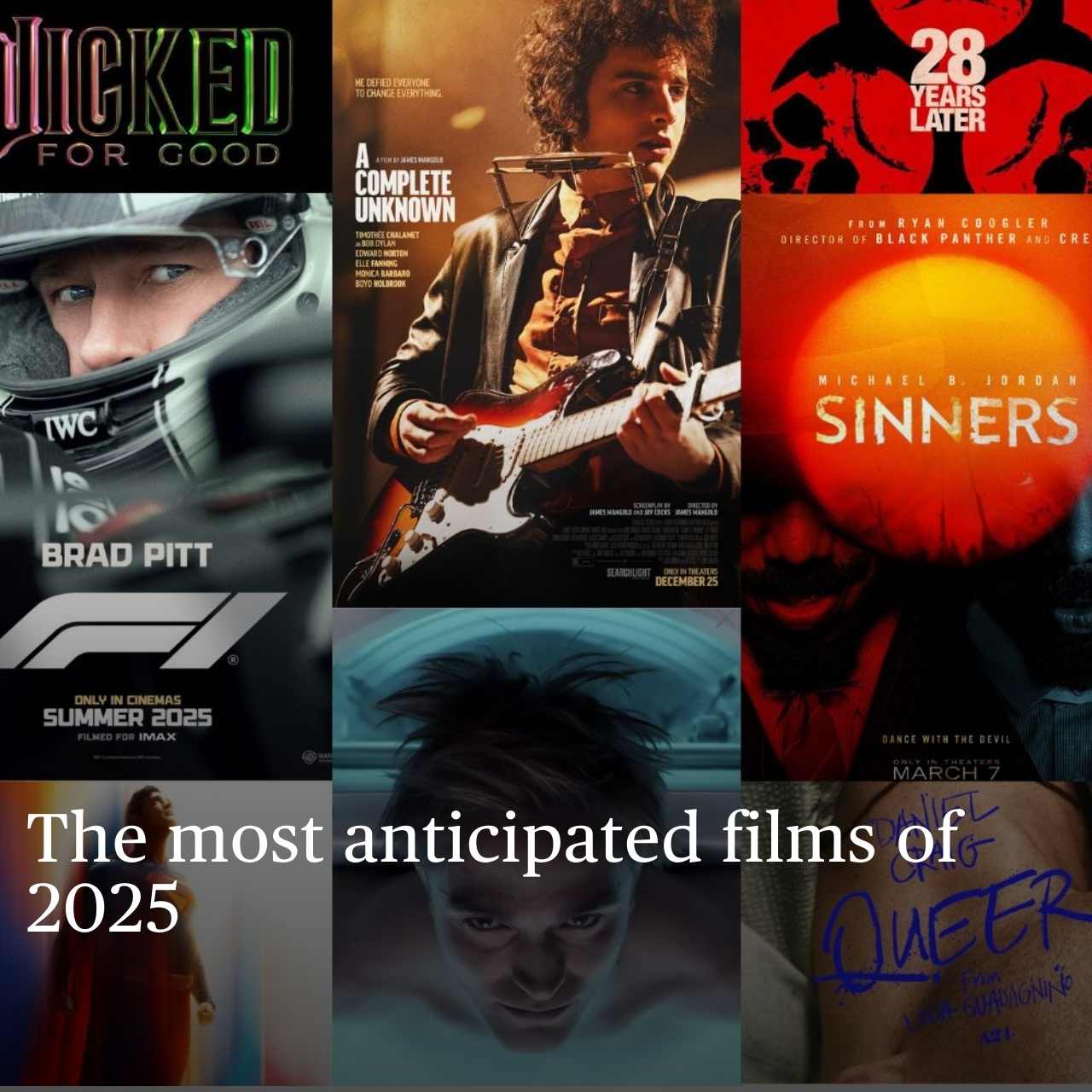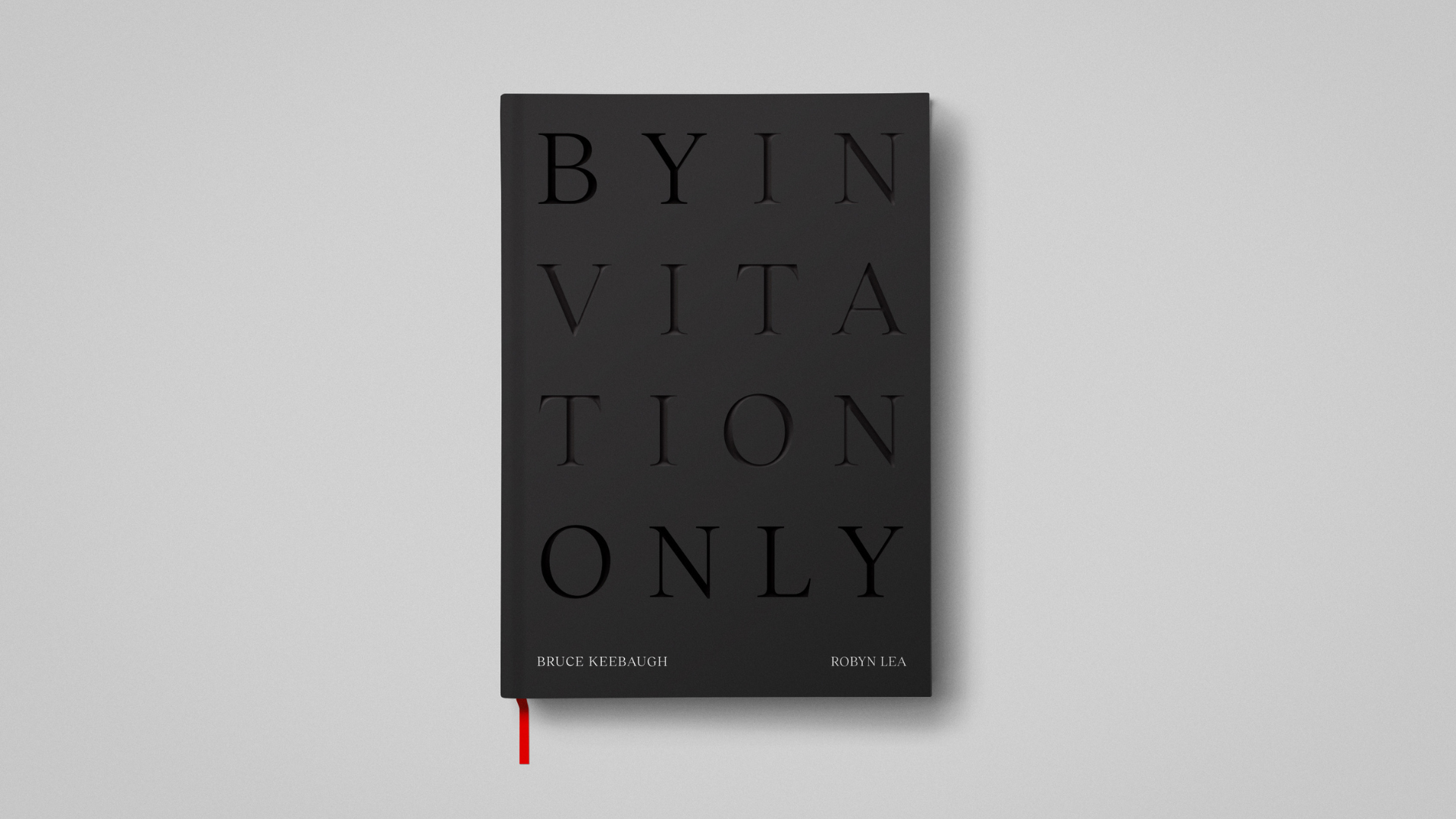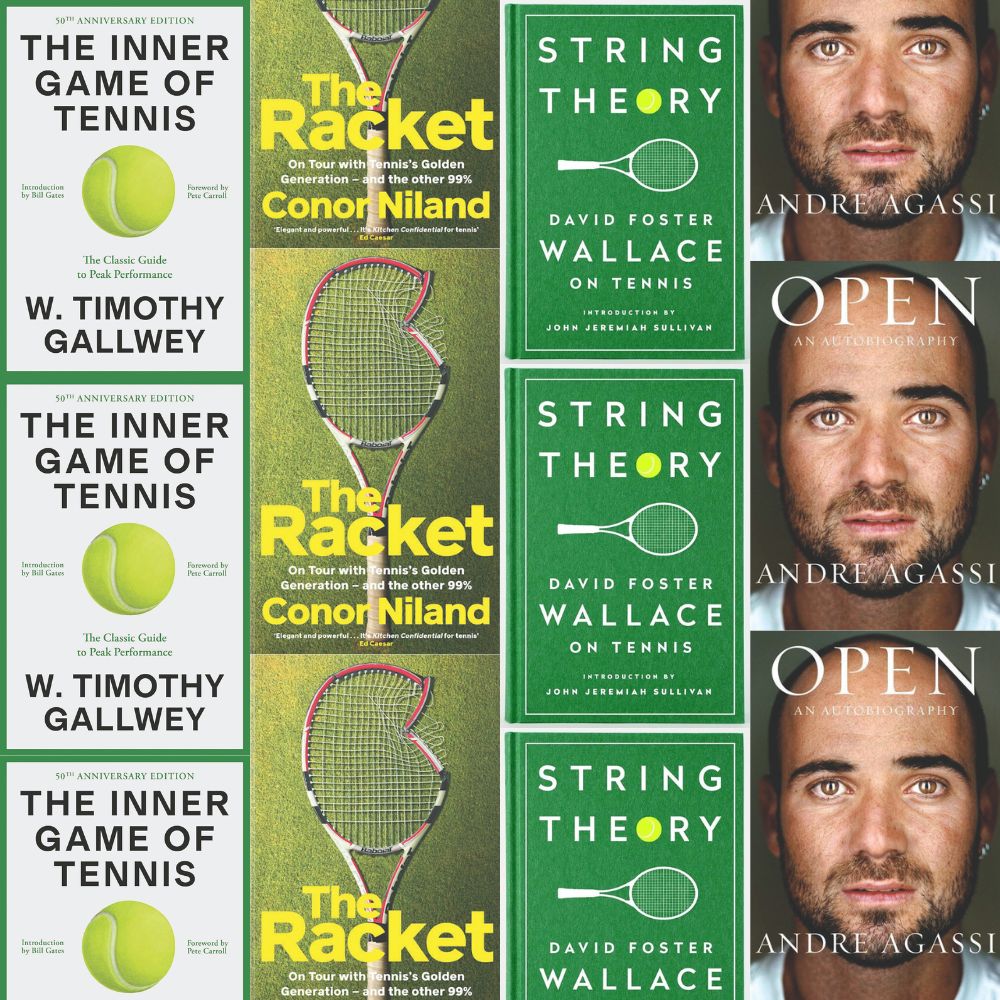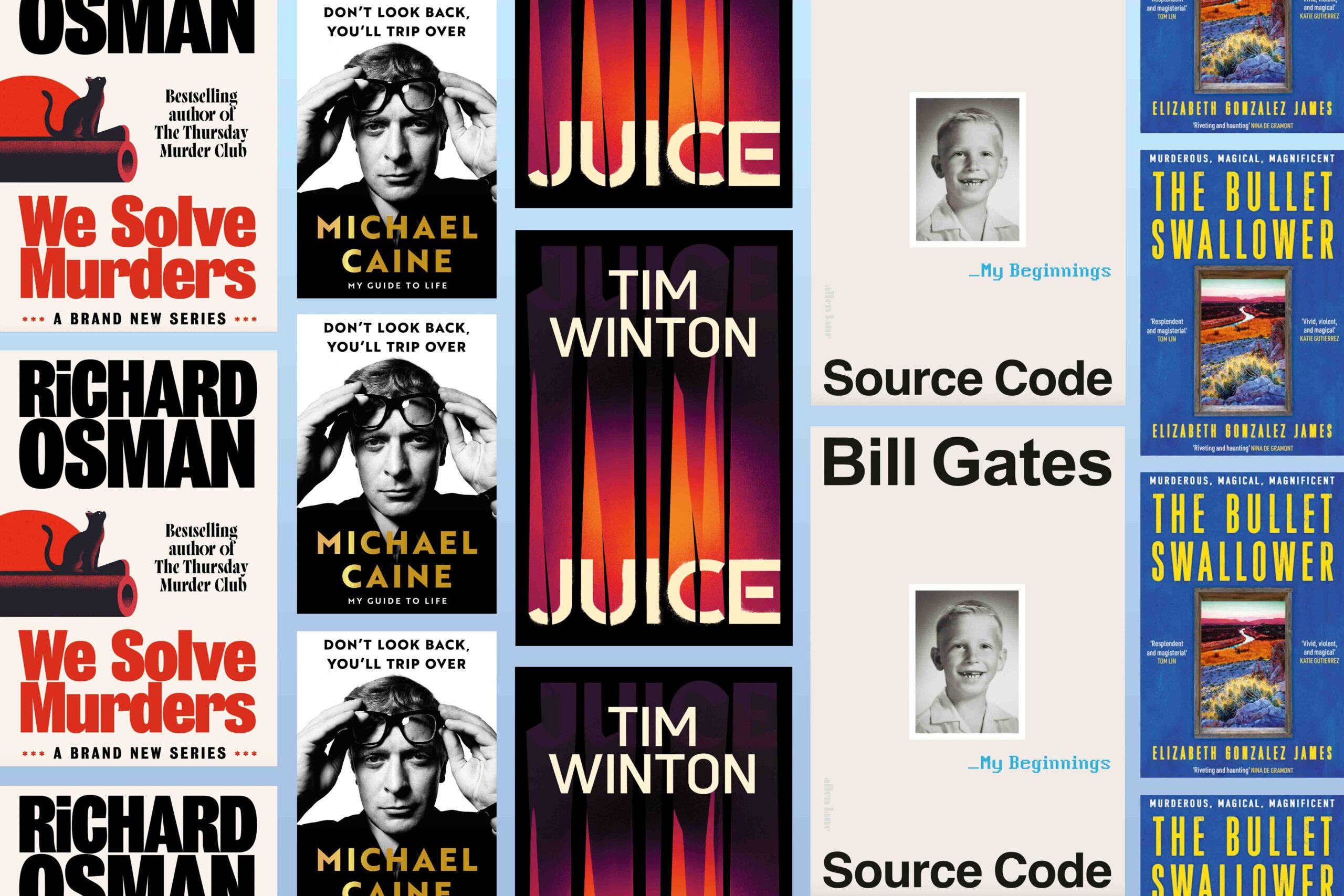The book that opens your eyes: Furkat Kasimov’s candid wisdom for navigating business challenges
Lessons in resilience, strategy, and self-belief from a modern entrepreneur

Furkat Kasimov didn’t write Don’t Do This: A Guide to Business Survival to flatter egos or coddle founders. The book isn’t dressed up in startup mythology or sugar-coated wins. It’s a straight shot of clarity, a page-by-page autopsy of business failures. Kasimov dissects 150 mistakes, painfully specific, deeply familiar, and always expensive.
The premise is raw: survival isn’t about brilliance; it’s about not getting killed by preventable mistakes. Kasimov, a serial entrepreneur, doesn’t hide behind polished success. He admits, “My resume is built on successes and mistakes. I have failed at more startups than I care to count.” That brutal transparency runs through every chapter. The result? A manual not for dreamers, but for those staring down real business risks.
The warning is sharp: success stories are outliers. Mistakes are the norm. “This book is not about what to do. It’s about what not to do, and why,” Kasimov writes. That inversion flips the business genre on its head and makes this book indispensable.
Survival is pattern recognition, not passion
The startup failure rate remains a significant challenge. According to 2024 data from the U.S. Bureau of Labor Statistics, approximately 20.4 percent of new businesses in the U.S. close within their first year, and about 49.4 percent fail within five years. In Australia, recent figures from the Australian Bureau of Statistics show that nearly 60 percent of small businesses cease trading within their first three years. This underscores that passion alone isn’t sufficient for business success. Implementing effective systems, exercising restraint, and discerning which opportunities to pursue or avoid are crucial traits that can improve the odds of long-term survival.
That’s where Don’t Do This strikes hardest. It is not filled with grand visions, but rather focuses on the mundane killers: over-hiring, poor cash flow tracking, ignoring customer churn, chasing growth without a grip on retention. Each chapter reads like a controlled detonation: calculated and ruthless.
Kasimov does not just criticize. He proposes lean, implementable safeguards. He emphasizes having a six-month runway, tight hiring filters, and a fanatical focus on retention overreach. These are operating rules forged from failure.
The clock to 2030 is ticking louder now
Global markets continue to evolve in response to shifting economic conditions. While capital availability has moderated since its 2021 peak, strategic resource management has become more important than ever. Venture funding dropped 16 percent in Q1 2025 alone. Meanwhile, AI is flattening competitive moats, and consumer trust is fading. Just 39 percent of global consumers now believe companies act in the public’s best interest, according to the 2025 Edelman Trust Barometer.
Under these conditions, flashy roadmaps mean little. Execution and error-avoidance matter most. That is what gives Don’t Do This its urgency. The advice does not pretend to be clever. It’s maintenance over magic. Kasimov writes, “The mistake that takes you down is usually not the most complex one, it’s the one you didn’t think mattered.”
Mirror, not manual
Kasimov offers no comfort, and that’s the gift. Don’t Do This doesn’t exist to make readers feel capable or clever. It exists to provoke doubt and force a better system. Every page asks tough questions: Why was that person hired? Why was that market entered? Why was that strategy trusted longer than the results justified?
One of the book’s most cutting lines drills this home: “Resilience isn’t cleverness. It’s pattern recognition.” That line lingers. It speaks to the core of Kasimov’s message: survivors are not lucky or gifted. They are disciplined, bored of drama, and obsessive about fixing small problems before they metastasize.
Through anchoring its insights in empirical failure, the book reframes business leadership not as a heroic act but as a study in restraint. Not building everything but just building the right things, the right way, with no tolerance for fantasy.
The information provided in this article is for general informational and educational purposes only. It is not intended as legal, financial, medical, or professional advice. Readers should not rely solely on the content of this article and are encouraged to seek professional advice tailored to their specific circumstances. We disclaim any liability for any loss or damage arising directly or indirectly from the use of, or reliance on, the information presented























